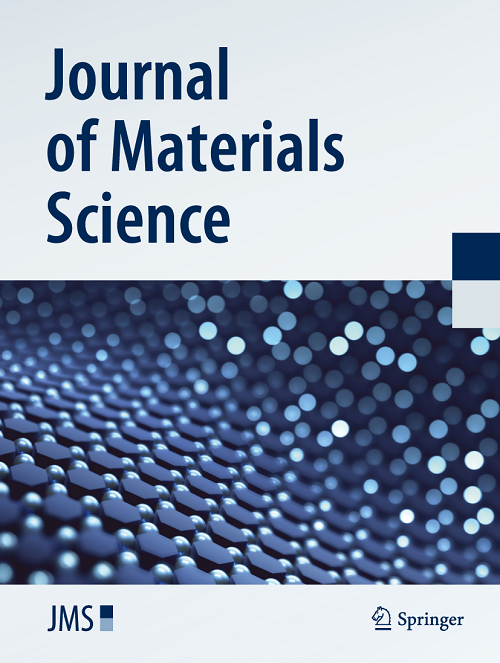Investigation of quench sensitivity of mechanical and corrosion properties in 2050 aluminum alloy
Abstract
The mechanical and corrosion properties of large Al-Cu-Li alloy components are inextricably related to quench sensitivity. This work employed the immersion end quenching technique and multi-scale characterization methods to investigate the quench sensitivity of mechanical and corrosion properties in a 2050 aluminum alloy. The results indicate that reducing the quench rate from 395 to 4 K/s leads to an 18.8% decline in the alloy’s ultimate tensile strength (UTS) and a 27.9% reduction in its yield strength (YS); intergranular corrosion (IGC) rating improves from 3 to 2, the maximum IGC depth decreases from 245 to 170 μm, and the corrosion current density decreases from 2.66 × 10−6 to 2.64 × 10−7 A/cm2. Lower quench rates promote the formation of significant amounts of quench induced precipitations in both grains and grain boundaries (GBs). Excessive consumption of Cu atoms in the matrix results in a reduction in the quantity of the aging hardening phase (T1) during artificial aging, thereby degrading the mechanical properties. Meanwhile, some larger quench induced precipitations (θ) with more Cu content are precipitated at the recrystallization grain boundaries. These hinder the corrosion path from expanding, which improves the alloy’s corrosion resistance. This study provides theoretical insights into the influence of quench induced precipitations on the properties of Al-Cu-Li alloy and offers valuable guidance for industrial processing.

 求助内容:
求助内容: 应助结果提醒方式:
应助结果提醒方式:


